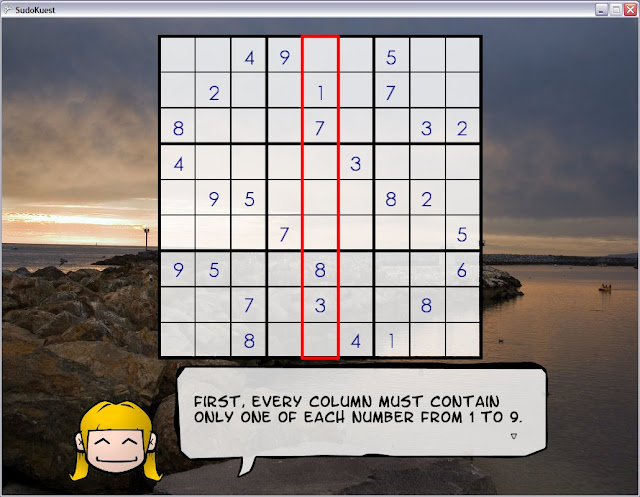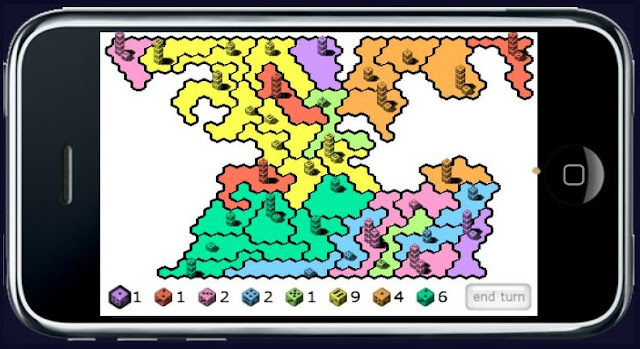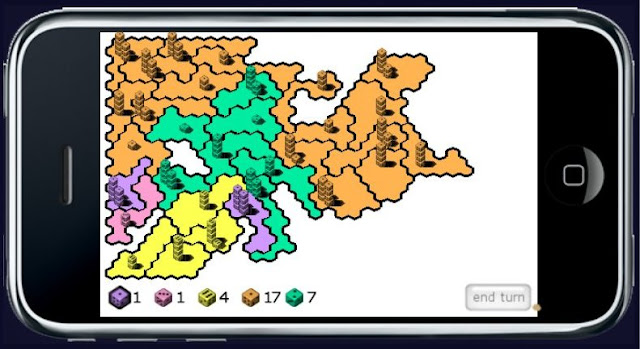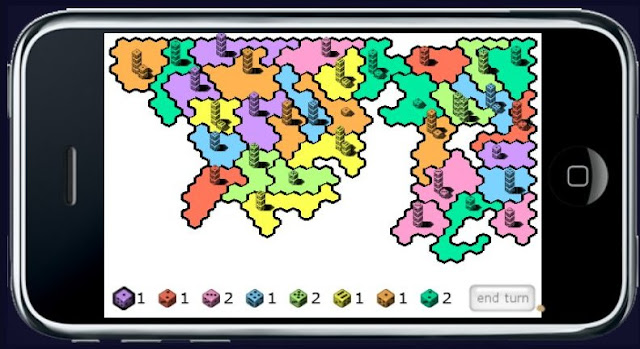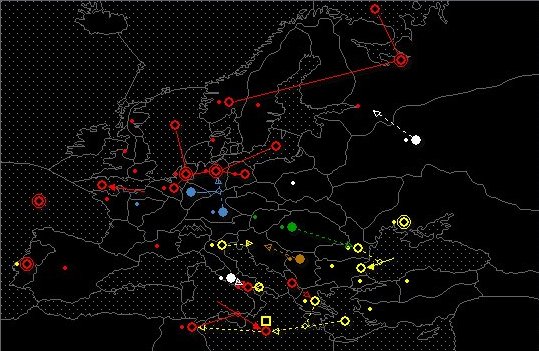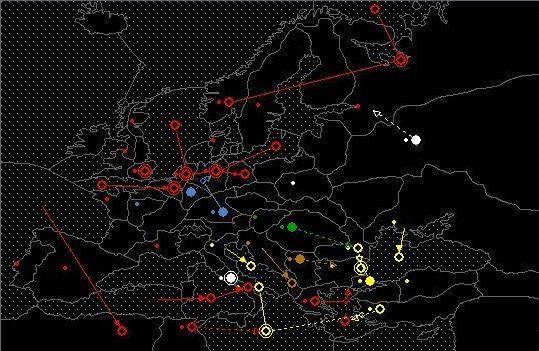SudoKuest
C# | XNA 3.1 | University individual project | 2008
This project was completed as my University final year project and was designed to run on both the PC and Xbox360 through the XNA architecture.
RPG Campaign - Players start by choosing a name and distributing attribute points to their character. They then proceed around a network map of destinations to further the story, complete quests, buy/sell items and fight AI enemies. Enemies are placed in between destinations and bumping into them will trigger a fight.
Fighting is based on a competitive game of Sudoku on a single grid. Each number a player correctly fills in results in their opponent taking damage. An incorrect placement renders the player unable to move. At certain levels, they also learn spells that can cause damage, heal or freeze their opponent. The number of damage, HP, MP and regenerative abilities is based on their attributes and buffing items they have. Other items can be used to heal HP or MP.
Puzzle mode - This is where players can play a normal game of Sudoku with a wide range of difficulty settings. The Sudoku grid is then randomly generated. Difficulty is based on the complexity of the techniques used to solve the puzzle and how many possible placements there are in each step. There is a wide range of options for the player whilst solving the puzzle:
- 'Pencil' allows them to enter in possible candidate number for a cell
- Show/hide all the possible candidates for all the cells
- Show/hide the errors they have entered
- Provide a hint
- Solve the puzzle
- Zoom in or out
Multiplayer modes - They can play in a competitive Sudoku fight either in local multiplayer or over the network. For network multiplayer, a player must set up as a host and another can select to join that session. It also supports VoIP and is fully integrated into the Windows Live and Xbox Live systems. It also supports cross-platform network multiplayer.
The project incorporates some important features:
- A very efficient random generation of solvable Sudoku grids
- Human techniques to solve and rate how hard a Sudoku grid is
- A fully featured story and puzzle mode
- Local multiplayer
- Fully integrated Microsoft Live cross-platform network multiplayer
- Xbox360 and Windows compatibility with both game controller and keyboard input
- Beautiful graphics and art
- Full music and sound effects
* All art and design was done by me except for the character art (Joe Madureira) and item and spell icons (Blizzard from Warcraft III). Sound effects was taken from Soundsnap.com and music is from the The Last of the Mohicans OST, Shadow of the Colossus OST and artist Daduk.














